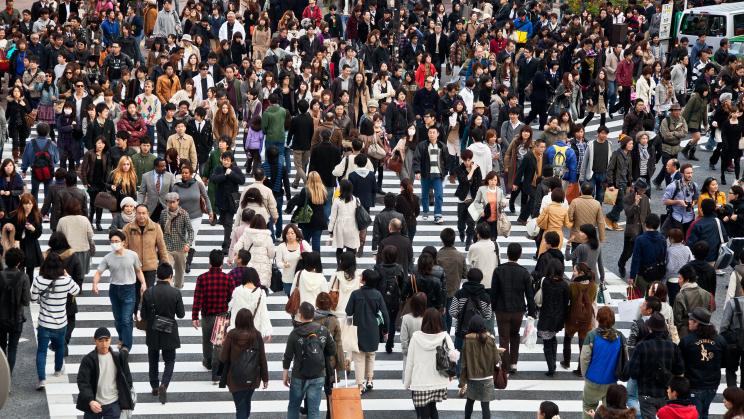Modern and Traditional society are two different paradigms in human social development. Traditional society refers to a social structure governed by values, norms, and practices that have existed for generations. On the other hand, modern society emerged as a result of social change, industrialization, and technological advances that changed many aspects of human life.
Social Structure and Organization
Changes from Dependence to Individualism The first difference between modern and traditional societies lies in social structure and organization. Traditional societies are often based on strong group structures, such as extended families or interdependent communities. Social interaction and dependence on one another becomes important. On the other hand, modern society tends to encourage individualism and personal autonomy. Looser social structures and more individualistic social interactions are becoming more common.
Technology and Communication
Transformation of Human Interaction Developments in technology and communication have had a significant impact on the differences between modern and traditional societies. Traditional societies are often limited in terms of access and communication with the outside world.
Modern technologies, such as the internet, mobile phones and social media, have changed the way we interact and communicate. Modern societies have greater access to information and global connections, which influence the way they communicate and exchange knowledge.
Values and Norms
Changes in Cultural Orientation Values and norms in traditional societies are often based on strong cultural heritage, religion and traditions. Honor, obedience, and collectivism values are often the main pillars. On the other hand, modern society tends to be more individualistic, with values such as freedom, gender equality and tolerance being valued more. These changes in values and norms reflect shifts in culture and worldviews in modern society.
Jobs and the Economy
From Agriculture to the Services Sector Differences in economic structure are also characteristic of modern and traditional societies. Traditional societies are often dominated by agricultural work or traditional handicrafts. As modern society develops, the service, industrial and technology sectors are becoming more dominant. Available jobs and opportunities are expanding, and modern societies often rely on a greater variety of specializations and skills.
Education and Knowledge
Exploring Differences in Access and Approach Education and knowledge also undergo changes in modern society. The formal education system is becoming more important, and access to quality education is becoming more widespread. In traditional societies, knowledge is often passed on orally and taught through direct experience. These different approaches to education reflect differences in the way modern and traditional societies view knowledge and the value of learning.
Changes in Gender Roles
From Assertiveness to Equality Gender roles have also undergone significant changes in the differences between modern and traditional societies. Traditional societies often have strict and segmented gender roles, with specific roles assigned to men and women. Modern society, on the other hand, is increasingly pushing for gender equality and more flexible roles. Women get greater opportunities to participate in social, economic and political life.
Environment and Sustainability
Implications of Societal Change In terms of the environment, the differences between modern and traditional societies also become clear. Traditional societies often have a more harmonious relationship with nature and rely on sustainable practices. On the other hand, modern society often faces challenges in environmental management and sustainability, due to industrial growth and increased consumption.
The Challenge of Integration
Understanding and Appreciating Both Paradigms An important challenge in different fashion societiesrn and traditional is the integration and mutual understanding of the two paradigms. It is important to appreciate and understand the heritage and uniqueness of each of these social models. In the face of globalization and ongoing social change, combining valuable elements from traditional and modern societies can help create a diverse, inclusive and sustainable society.
Conclusion
In summary, the differences between modern and traditional societies cover various aspects of life, including social structure, technology, values, work, education, gender roles, and the environment. Modern and traditional societies have different characteristics and values, which are reflected in the way they organize themselves, interact and perceive the world.
Valuing diversity in social development is key to creating inclusive and sustainable societies. By understanding and respecting these two paradigms, we can learn from past experience and wisdom while continuing to innovate and adapt to the changes taking place in today’s world.

